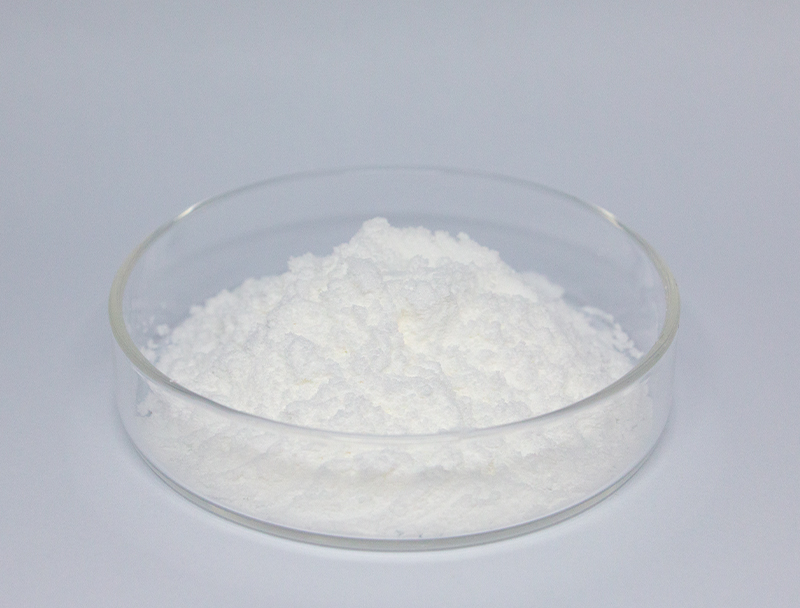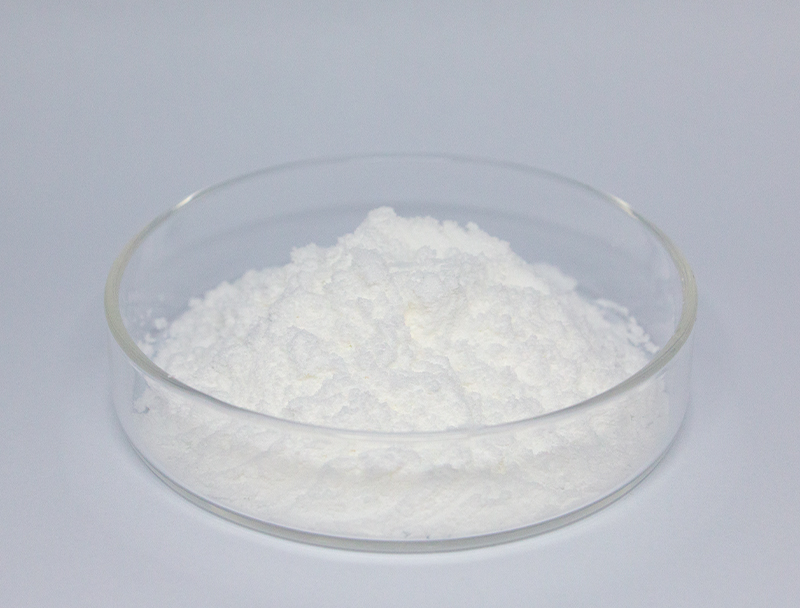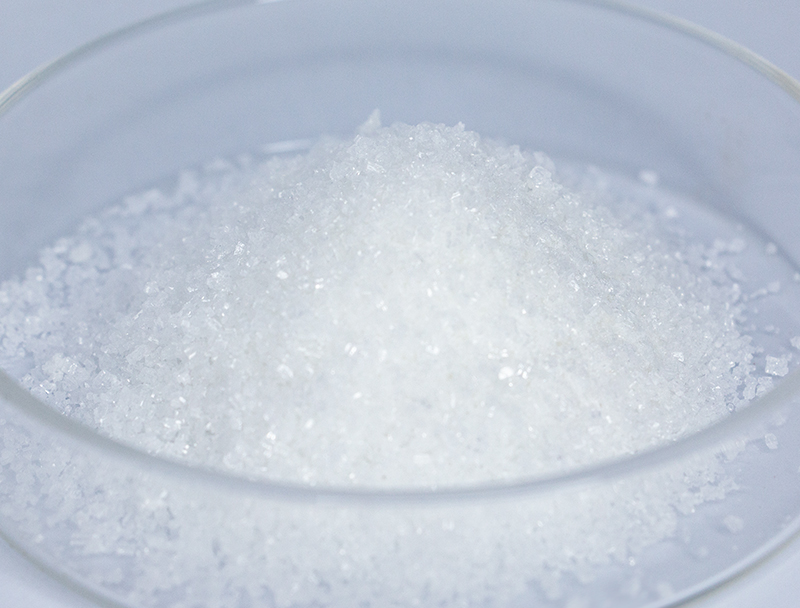
Biomanufacturing relies heavily on a comprehensive selection of feedstocks for developing state-of-the-art biosolutions.
Safeguarding ethical acquisition of feedstocks remains essential to industry resilience and responsible expansion.
a range of complications linked to historic procurement practices for example habitat harm and overextraction of resources. Consequently, biotech firms need proactively to adopt sustainable procurement approaches to reduce environmental impact.
- Cases of responsible feedstock strategies feature:
- Applying circular feedstocks from post-harvest streams
- Implementing closed-loop systems to minimize waste and maximize resource efficiency
- Collaborating with regional vendors focused on fair procurement
Transitioning to green supply models secures ecological benefits and economic upside.
Tuning Feedstock Characteristics for Higher Biofuel Efficiency
Advancing fuel production depends on feedstock consistency and composition. Scientists are constantly exploring novel strategies to optimize these feedstocks, yielding greater biofuel outputs and greener energy prospects. This involves genetic modifications to increase biomass production, as well as pretreatment techniques that break down complex plant materials into more readily fermentable sugars.
- Likewise, initiatives explore candidates such as algal biomass, process wastes, and agricultural leftovers to extend sustainable feedstock availability for fuels.
- Owing to ongoing work the biofuel domain is primed to reach substantial milestones advancing renewable energy adoption.

Biopharmaceutical Manufacturing: Advancements in Upstream Processing
comprises front-end procedures like culture expansion and cell retrieval Recent developments in this field have resulted in optimized workflows that raise overall output.
Notable improvements feature new expression systems, refined media recipes, and automated reactor platforms. These developments raise yield and cut costs as well as diminish environmental consequences.
- Moreover, continuous manufacturing adoption is enabling dynamic control and greater adaptability in upstream workflows.
- Implementing cutting-edge manufacturing technologies will probably redefine workflows and accelerate innovation.

Precision Genomic Tools Enhancing Biopharmaceutical Yields
developments in targeted genetic engineering methodologies have modernized drug manufacturing. By accurate genomic tuning, developers enhance yields of critical biopharmaceuticals. The technique provides opportunities to manufacture economical, high-yield therapeutics for varied indications.
Biodegradation Strategies Using Targeted Microbial Cultures
cutting-edge microbial approaches that remediate contamination sustainably. Microorganisms possess the remarkable ability to degrade and transform harmful pollutants into less toxic substances.. By harnessing this natural potential, we can develop environmentally friendly strategies for cleaning up contaminated sites and mitigating the negative impacts of industrial activities.. Scientists evaluate varied microbes for potential to remediate metal contaminants, pesticide compounds, and oil-derived pollutants.. These microbes operate in engineered systems or direct environmental applications to metabolize and remove contaminants.
Employing microbial strategies for remediation provides multiple benefits versus traditional techniques. This route is often more affordable and reduces the formation of toxic residues. Concurrently, these solutions provide focused remediation without widespread environmental harm. Research efforts persist to upgrade the potency and implementation of microbial remediation strategies.
Bioinformatics' Impact on Drug Design
Bioinformatics techniques are integral to present-day therapeutic development workflows. By analyzing biological data to select and improve leads, computational methods support efficient drug development.
- Through mining large genomic, proteomic, and clinical repositories, informaticians reveal new targets and forecast drug behaviors.
- Similarly, modeling drug–target interactions streamlines design of compounds with better efficacy and selectivity.
- To conclude, computational approaches are revolutionizing discovery and reducing time-to-patient for effective drugs.
Engineering Cellular Pathways for Improved Bioproduct Output
employs a variety of strategies to augment the synthesis of valuable bioproducts within microorganisms. Techniques span CRISPR-mediated edits to reshape pathways, synthetic control elements to fine-tune expression, and gene imports to grant new biosynthetic abilities.. With precise metabolic tuning scientists can greatly enhance yields of desired compounds.
This multifaceted approach has the potential to revolutionize a broad range of industries, including biopharmaceuticals, agriculture, and bioenergy.

Challenges and Opportunities in Scaling Up Biopharmaceutical Production
Transitioning to higher volumes entails serious complications and potential rewards. Keeping consistent product performance at elevated volumes is a significant challenge. Overcoming this requires advanced process control, continuous monitoring, and sensitive analytical platforms.

Complexity in multi-step biomanufacturing operations presents ongoing operational challenges.. Adapting protocols for industrial scale requires considerable development work and engineering advances.. Despite challenges, the benefits may be considerable. Well-executed upscaling can improve therapy access, decrease costs, and enhance economic performance.
A series of measures are underway to confront these obstacles. Programs comprise advanced optimization systems, real-time process monitoring tools, and innovative production strategies.
- Development efforts are also playing a crucial role in advancing biopharmaceutical production capabilities.
- Regulatory agencies are working to streamline approval processes for new manufacturing technologies, facilitating innovation in the field.
Navigating the Regulatory Landscape for Biopharmaceuticals: Ensuring Safety and Efficacy
Creating biologic medicines requires strict regulatory controls to maintain both patient safety and therapeutic value. Products of biological origin introduce specific challenges that differ from standard drug development.
Institutions such as the U.S. FDA and European EMA lead in formulating regulations and benchmarks for biologic approvals..
Meticulous validation protocols are enforced from preclinical validation to long-term post-market evaluation.. These controls function to identify dangers and ensure biopharmaceuticals achieve premier safety standards..
Similarly, regulators iteratively adjust approaches to accommodate emerging biopharmaceutical breakthroughs.. Initiatives cover incorporating new methods and supporting faster development while ensuring patient protection.

Evaluating Plant Biomass for Bioplastic Production
Growing emphasis on eco-conscious materials catalyzes research into plant-based options. Converting plant biomass into bioplastics offers a credible pathway to environmentally sound products. Organic feedstocks like cornstarch, cellulose, and sugarcane can be converted to compostable polymers that shrink the environmental footprint of plastics.
Similarly, selected bioplastics offer analogous properties to traditional plastics suitable for many applications.. Ongoing R&D is essential to scale plant-based bioplastics and realize circular economic benefits.
Biotechnology Driving Advances in Health and Agricultural Stability
Biotechnology offers potent solutions for advancing public health and enhancing food security. Using genome engineering, synthetic biology techniques, and cell-based treatments, innovators devise ways to tackle pathogens, amplify yields, and improve nutrition.. A concrete example includes modified crops engineered for pest and stress tolerance α-Ketoglutaricacid that yield more while decreasing pesticide needs. Also, biotechnological innovation fuels development of immunizations, antimicrobial treatments, and diagnostic platforms vital for disease control and population health.. As research progresses, biotechnology holds immense promise for creating a healthier and more sustainable future for all.
